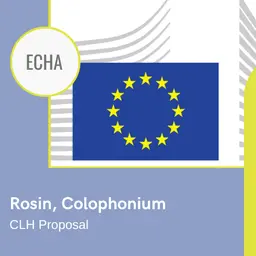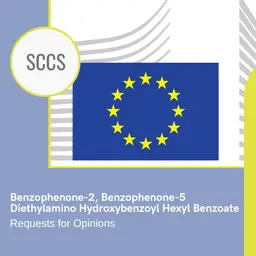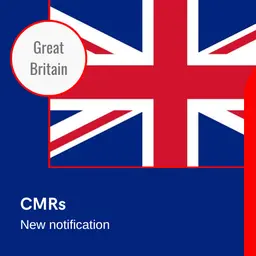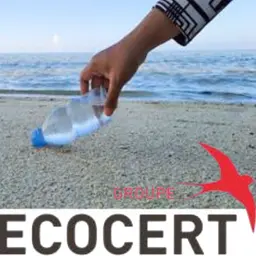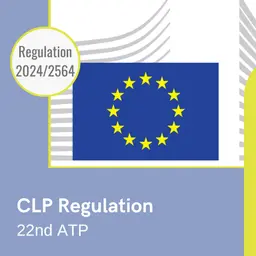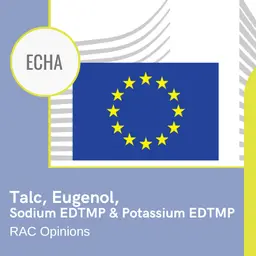
According to a recent study by a team of researchers from Hong Kong Baptist University, microplastics have the property of aggregating more chromium in the presence of a UV filter, which further increases its oxidation state. This combination results in increased environmental toxicity, the effects of which have been shown on the growth of microalgae.
Several studies have already suggested that microplastics are potentially harmful environmental contaminants in their own right, but until now it was not known what effects they might have on the pollutants that attach to them.
Researchers, reporting in the journal Environmental Science & Technology Letters, have now shown that, when attached to microplastics, UV filters used in sunscreen products can make metallic chromium more toxic.
The background
It is known that microplastics can accumulate other environmental contaminants on their surface, such as heavy metals or organic molecules. They could pose an even greater problem for fauna, flora or humans than originally thought.
Previous research has shown that heavy metals can easily attach to microplastics, and that this combination can harm aquatic life. But beyond simply attaching to other contaminants, microplastics and the cocktail of substances they contain can interact with each other and change their chemical properties. For example, some metals, such as chromium (Cr), can take on different oxidation states when on the surface of microplastics. And while Cr(III) is relatively safe, Cr(VI) is toxic.
This is why Kelvin Sze-Yin Leung and colleagues wanted to study how the oxidation state of Cr could change when bound to microplastics, and …





